History originally published in Sport Compact Car March 1996
Carina. For most it’s not a name that sparks instant recognition. Those who had one in the family will know it. Others may make the Corolla-Corona-Celica connection and recognize it as a Toyota. But few will be able to fix it in the model lineup or accurately place its short existence on the U.S. market.
Fair enough, because it wasn’t here long. The Carina’s short run lasted for two model years only. It debuted on the U.S. market late in mid-1972 as a ‘72 model and was dropped after the ‘73 model year. Although, in Japan, the nameplate was first seen at the Tokyo auto show late in 1971 and by 1984 had sold 2.3 million units.
Unknown here, the Carina was a hit in Japan. There, it was featured as a full model line, with two and four door sedans, a hardtop and a station wagon. We in the states got only the two-door sedan. In size and price, it fell between the Corolla and Corona. Listing four $2,260, it cost $150 more than the Corolla 1600 two-door but shaved $120 off the price of a Corona. At 122.8 inches, it was 1.4 inches longer and 1.2 inches shorter respectively that is siblings.
The Carina, however, shared its chassis with the Celica. Both had debuted together at Tokyo, although the U.S. importer chose to delay the Carina’s entry. Both had a 95.5-inch wheelbase, with ubiquitous McPherson strut front suspension and a well-located live axle rear suspension, with four trailing links and a Panhard rod, coil springs and tube shocks.
But the Celica was a long-hood/short-deck Japanese pony car, with a vestigial backseat and an overall height of 51.6 inches. The Carina was a practical three inches taller and its styling more subdued, although its headlamps were mounted low-beams in shiny square bezels, high deans in the grill, while “wrap-over” tail lamps made the Carina look like a Japanese Buick from the rear. Overall, the effect with a rectangular grill and semi-fastback roofline was pleasant, if not inspiring.
The big difference mechanically between the Carina and the Celica was that, for the U.S. market, the sedan had the 1588 cc pushrod four from the Corolla and the sports coupe shared a 1968 cc overhead cam four with the Corona. The Carina/Corolla 1600 was rated at 88 bhp at 6000 rpm, making 91 lb-ft of torque at 3800 rpm, the Celica at 97 bhp at 5500 rpm and 106 lb-ft at 3600 rpm respectively. This showed up in acceleration, a four-speed Celica tripping the quarter-mile lights in 18.6 seconds at 71.5 mph while the four-speed Carina (three-speed automatic optional) followed at 19.2 seconds at 69.5 mph.
The engine also was noticeable in handling, however, the heavier two-liter engine caused the Celica to understeer in then-typical Toyota fashion. But, said Road & Track magazine, “when cornering hard in the 30/40 mph range, an extra tweak of the steering wheel brings the tail out gently whereas in the Corona, Corolla 1600 or Celica it would only roll the front tires under.”
On the skidpad, the Celica could manage only a lateral acceleration of 0.636g while the taller Carina clipped around at 0.683g – and the Celica had 165SR-13 Dunlop radials, the Carina, meager Bridgestone Skyway-h 6 .00-13 bias plys. The Carina also bettered the Datsun 510, Pinto 2000 and the Vega.
The Carina’s variable-ratio recirculating ball steering was quicker than the Celica’s, though Road & Track, complaining of sloppy straight-ahead feel, suspected prior abuse. Brakes, vacuum assisted disc-drums, were limited in effectiveness by the skinny tires.
Alas, the Carina lacked a vital sport sedan ingredient on the dashboard: instrumentation. There was no tachometer, and gauges were limited to a 120 mph speedometer, a temperature and a fuel gauge. Layout was good, if sci-fi, and the floor-shifter was console mounted with a soft boot, but the steering wheel was hard plastic with two spokes in a flying wing motif. Even for the era it was disappointing.
On sale for less than a full year, the Carina was largely unchanged for 1973. Toyotas U.S. sales branch never made a case for the car, calling it “one of the biggest small cars around. Or one of the smallest big ones.” Not a stirring sales pitch. And even with the long list of standard features – reclining buckets, full carpeting, a lighted locking glove box, rear window defroster, whitewalls and wheel covers – it’s hard to excite buyers with a car that’s average. Coinciding with implementation of a federal bumper law, the 1974 model year of the Carina was dropped. Most likely, with poor sales, it was not reasonable economically to reengineer for stronger bumpers. The Carina had occupied a niche to narrow in a market that was readily covered by other Toyota products. When it was gone, hardly anyone had noticed. Sigh.







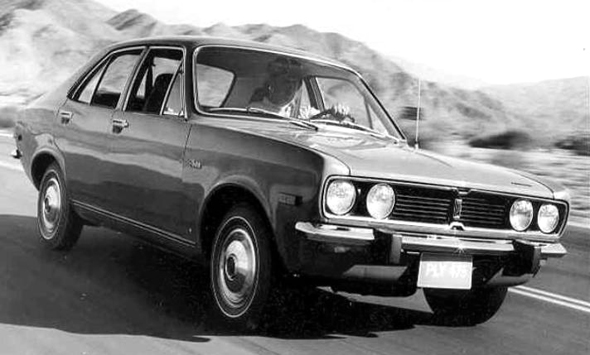
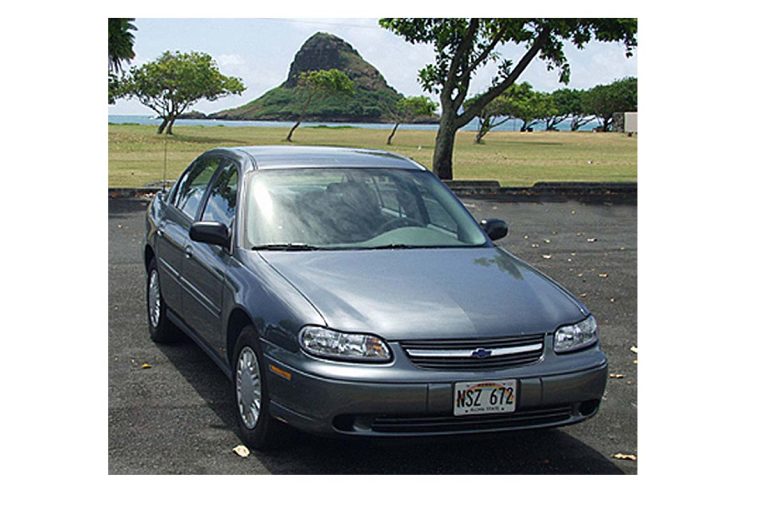
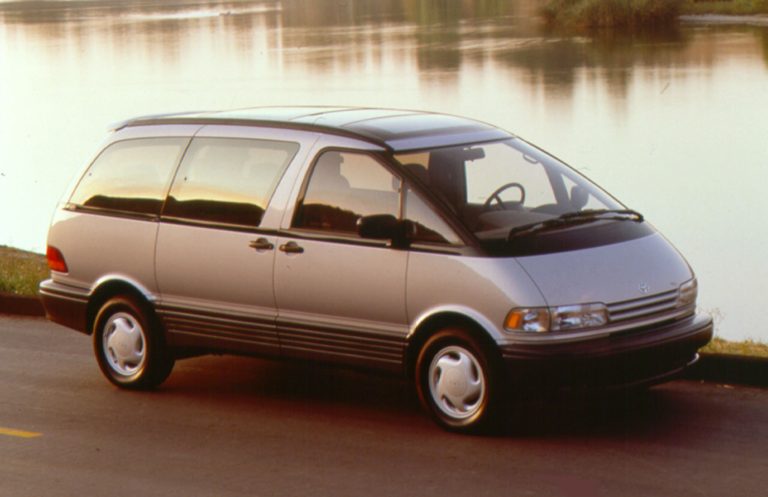
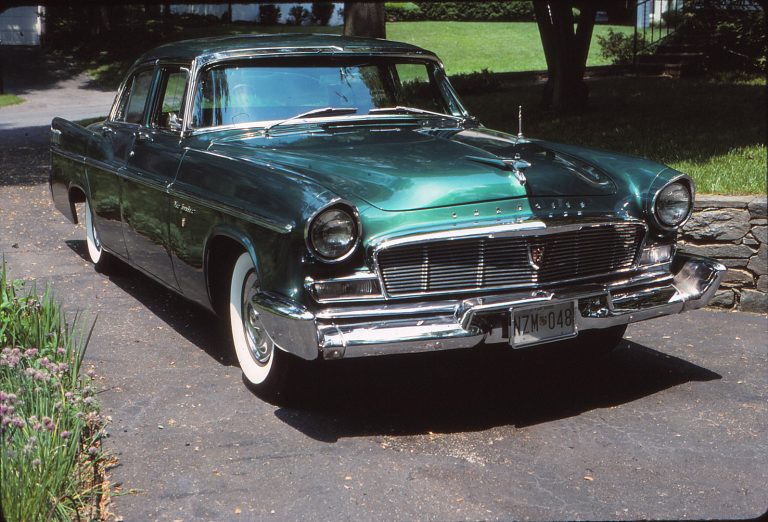
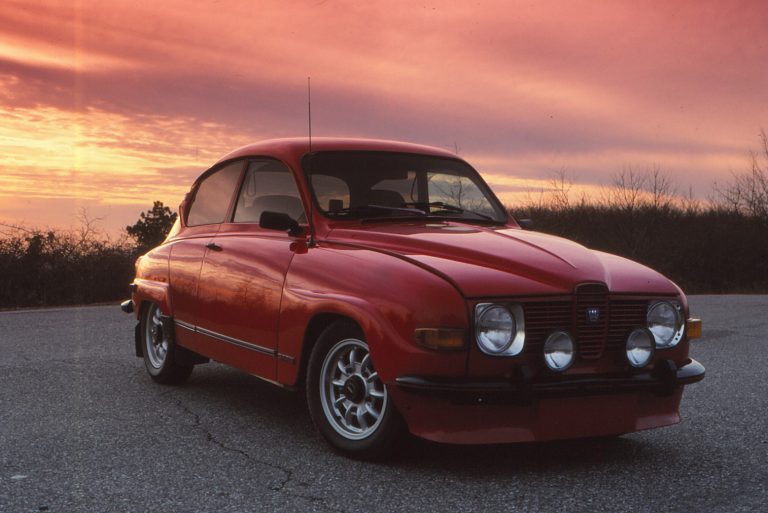
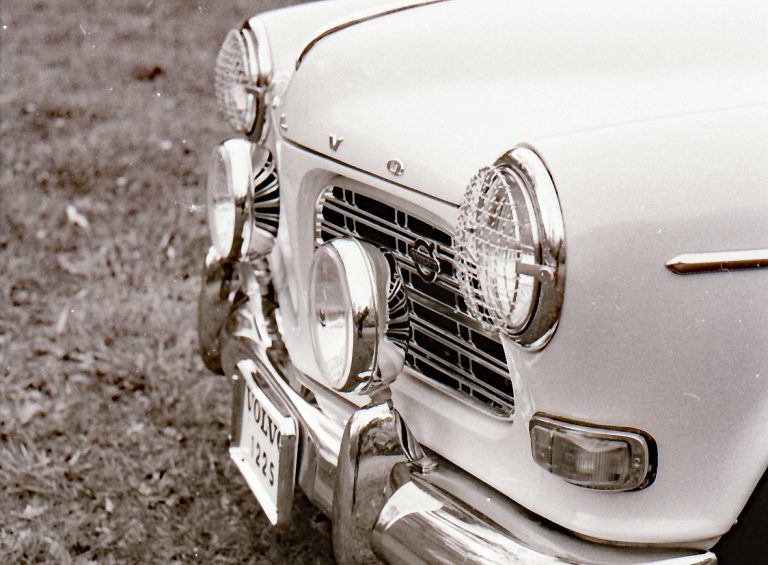
I don’t understand it when automakers put skinny inadequate tires on cars. To save a few bucks they sacrifice consumer safety. Suspension, brakes, and tires….why skimp?
“…though Road & Track, complaining of sloppy straight-ahead feel, suspected prior abuse.” Did Car & Driver get it before them?
Not that C&D didn’t merit that suspicion. 🤣